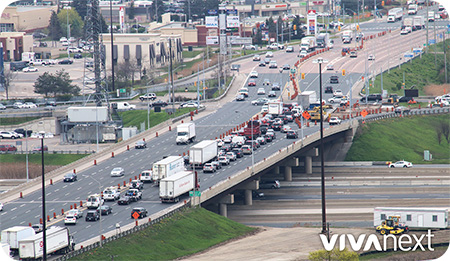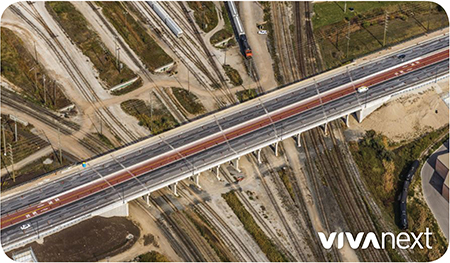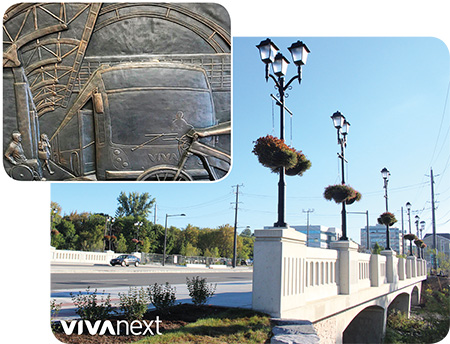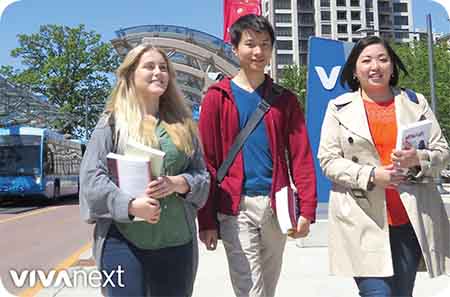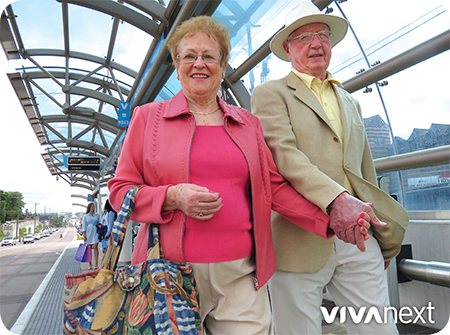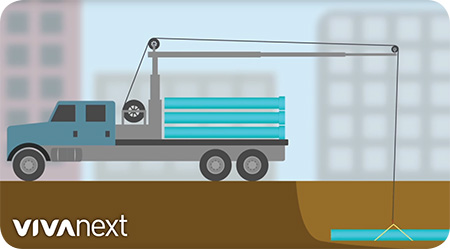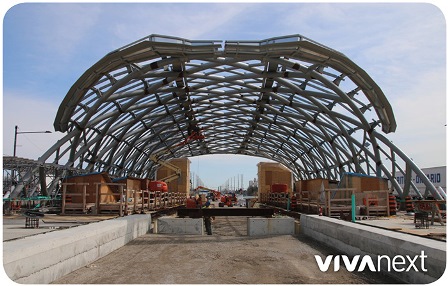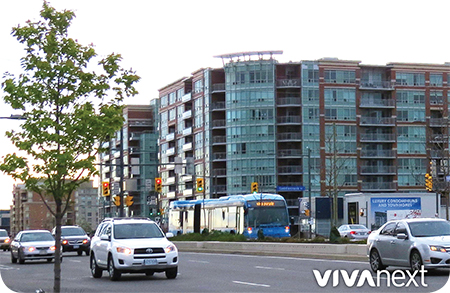Many of you have already noticed the work that has begun on Highway 7 West at the bridge over Highway 400, so here’s an overview of the components of the newest mega-feat of engineering that you’ll see happening over the next few years.
The project is part of the Highway 7 West rapidway project in Woodbridge-Vaughan and it will include expanding the bridge – with the new segment added to the north side – by approximately 5 metres.
New piers
Construction includes four new piers to support the expansion, which means new foundations, footing and forms. With multiple lanes above and below, this is a complicated project and safety is paramount for both the travelling public and the workers on site.
Huge girder lift
In September, the first piece of a gigantic girder will be lifted into place. This girder, which is needed to support the expansion of the bridge, will be installed in five pieces.
Multi-use path and rapidway
What makes this project especially remarkable, is that it will not only include dedicated red-asphalt bus lanes, but a pedestrian and cycling path will be constructed in the centre of the bridge between the bus rapidway lanes. Once complete, the bridge will provide roadway and connections for all types of transportation modes.
Realigned ramps
That’s not all. In addition, two of the ramps on the east side of Highway 400 will be realigned in order to accommodate potential future development. And to accommodate the waterway conditions in the area, new culverts will be built under the new ramps.
You’ll be hearing much more about this massive undertaking as time goes on. Next month, we’ll look more closely at what’s involved in expanding the bridge itself – think piers, pile drivers and parapets!
For information on ongoing vivaNext projects, be sure to subscribe to email updates, and follow us on Twitter. Questions or comments? Comment below or email us at contactus@vivanext.com.

